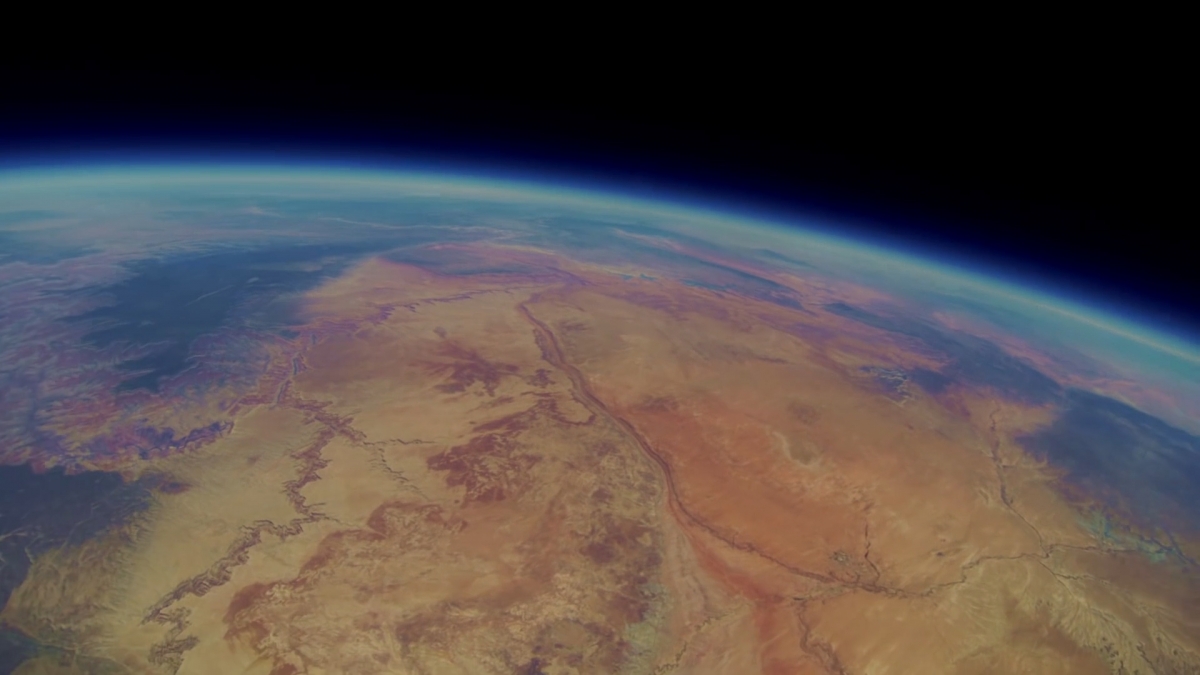

Now, conservators at Parks Canada are working to preserve the artifacts and see whether any of the photos can be recovered. “When we did find it, man, that was priceless,” Medrzycka tells ABC. The mountaineers had also left climbing gear, tents, cooking equipment and part of a T-bone steak. The team found the 20th-century cache, which included part of an aerial shutter camera, a Fairchild F-8, two motion picture cameras, a DeBry “Lunchbox” camera model and a Bell & Howell Eyemo 71, per the Times. “It turned out to be pretty spot on,” she tells CBC. She based this calculation on breaks in the moraine, or material left behind by a moving glacier, per ABC News’ Alexandra Svokos. The team searched for six days until, on their last scheduled day at the site, Medrzycka came up with a new estimate for where the equipment could be. In fact, the expedition couldn’t find the mountaineers’ lost items. Post sets up base camp on one of three expeditions to find the lost cameras and equipment. “And then the first time you actually see the valley of the Walsh Glacier and how massive it is and how many crevasses there are, how rugged the terrain is, your heart kind of sinks, and you’re kind of like, ‘No way.’ There’s just so much terrain.” “You do all this research, you have all this science-based reasoning, and you think it’s totally possible: We’re going to go in there and look in this certain area, and it’s going to be there,” Post tells the Times. In late spring 2022, they set out for the mountains of Yukon.īut once there and faced with the glacier’s size-more than 40 miles across and at least a mile wide-Post was suddenly unsure they’d truly be able to find the gear, he tells the Times.

Using satellite imagery, maps and historical observations, the team came up with an estimate for how the glacier may have shifted-and where the historic gear may have traveled to. The team thought they had a pretty good idea of where the cameras were left in 1937, but identifying where would have moved to in the present day was another challenge.

Since Washburn’s ascent, Walsh Glacier has surged twice. But during surging periods, it moves about 32 feet per day, writes the Times. Most glaciers move at a constant speed from year to year, but the Walsh Glacier is a surging glacier, which means it moves more quickly for a year or two every decade, writes the New York Times’ Amanda Holpuch. Often, the Walsh Glacier moves less than three feet per day. “I didn't think it was entirely out of the question-but, of course, finding out where it was 85 years later, that's a really tough challenge.” “There’s a record of finding quite a few old artifacts on glaciers in other regions,” Copland tells CBC. Tyler Ravelle photo via Teton Gravity Research Post compares Washburn's photographs during the search for the abandoned equipment.
Lost and found the ascent professional#
Professional skier Griffin Post decided to search for the treasures after reading about the 1937 climb in a book, writes CBC News’ April Hudson. After doing some 3-D mapping and looking through old photographs, he contacted glaciologists Luke Copland and Dora Medrzycka at the University of Ottawa and enlisted their help to find the equipment. Now, after 85 years, an expedition team has recovered the items more than 12 miles from where they were originally abandoned. Though they did successfully reach the peak of the mountain, they never returned to get their equipment. The pair abandoned their heavy equipment, including cameras, which they planned to come back for later. Instead, they would hike about 100 miles to get out. Not wanting to risk another plane entrapment on their way home, the two men decided they wouldn’t fly out after they summited. Thunderstorms and bad weather followed, and the pilot was marooned with his plane for five days. But warm weather and rain had melted the snow, and after landing, the plane sank deep into the slush. The pair was flown to Walsh Glacier, where they would begin their journey, in June. In 1937, famed mountaineers Bradford Washburn and Bob Bates set out to ascend Mount Lucania-the third-highest peak in Canada-for the first time in history.


 0 kommentar(er)
0 kommentar(er)
